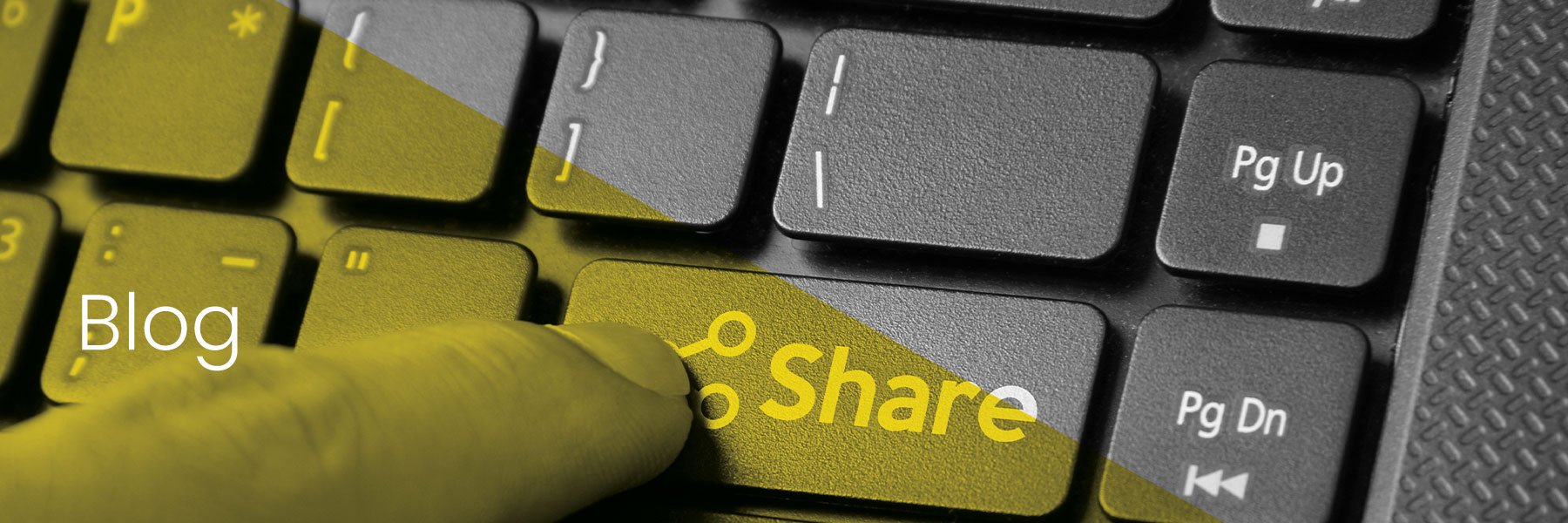.png)
Understanding The Core Elements Of Mechanical Power Transmission Systems
Efficient mechanical power transmission is vital in transferring energy from where it is generated to where it can perform useful work. Whether in automation systems, heavy machinery, or everyday appliances, components such as shafts, couplings, gears, and belts & pulleys enable the controlled and efficient delivery of power. Gaining insight into these fundamental elements supports clever and thoughtful engineering design. Read on to find out more:
What Is Mechanical Power Transmission?
Power transmission is the process of transferring energy from a power source, like an electric motor or combustion engine, to an output device that can make use of that energy to perform work. Mechanical transmission uses physical components to transfer rotational mechanical energy and torque from input to output.
Consider the electric motor in a washing machine - without a transmission system, the high-speed motor would spin the drum too quickly to clean clothes effectively. Mechanical elements enable the high-rpm motor to drive the slower-spinning drum.
Mechanical Power Transmission Components
Several key components enable and control the transmission of mechanical power:
1. Shafts
A shaft is a rotating machine element that transmits torque and rotation between components. For example, our washing machine motor shaft connects to a transmission shaft, which in turn connects to the drum shaft. Shafts must be designed to handle expected torque loads and rotation speeds without failing prematurely. Common causes of failure include fatigue, wear, and corrosion.
2. Couplings
Couplings connect the ends of two shafts together to transmit rotational force and motion. Rigid couplings lock shaft ends in precise alignment and are used when near-perfect alignment can be maintained. Flexible couplings, on the other hand, can accommodate some shaft misalignment through internal elastic elements or sliding components. The choice of coupling impacts how smoothly and efficiently torque can be transmitted between the shafts.
3. Gears And Gear Trains
Gears and gear trains act as torque and motion multipliers through interconnected toothed wheels. The intermeshing gears in a transmission enable a small high-speed motor to drive a larger slower shaft, like in a washing machine. A gear train refers to an integrated system using multiple gear stages, such as in a vehicle transmission shifting between ratios for acceleration or cruising. The selection of appropriate gearing enables power transmission at desired torques and speeds.
4. Belts And Pulleys
Belts transferring power between pulleys can bridge larger distances between shaft centres compared to gears. They are quiet, efficient, and can absorb some vibration. Common varieties are v-belts with a wedging cross-section to improve grip. The maximum transmittable torque is below that of gears or chains & sprockets.
Gain In-Depth Understanding Of Mechanical Power Transmissions With BTL
Proper selection and integration of these fundamental components into an application enable the safe, controlled, and efficient transmission of power in mechanical systems. To learn more about mechanical transmissions, please get in touch with one of our experienced team today!






